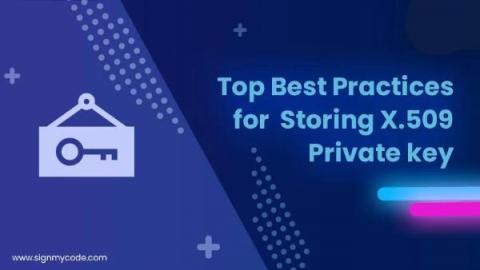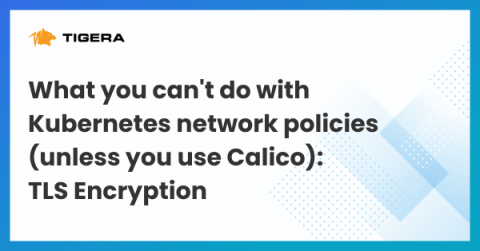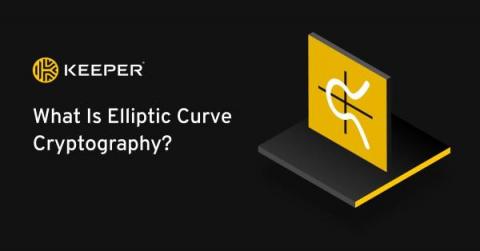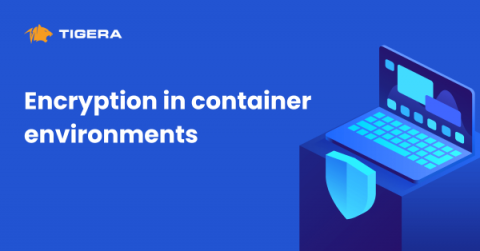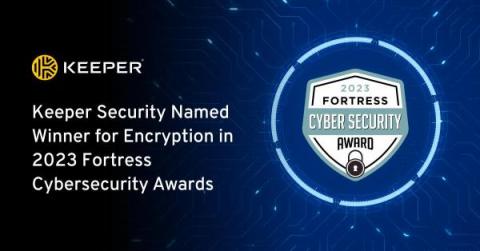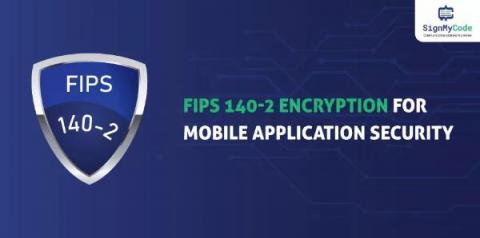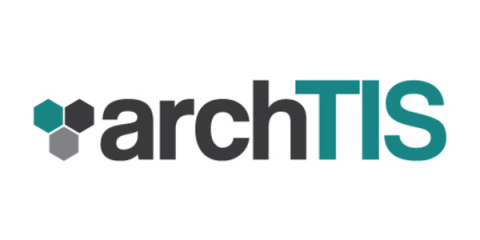Security | Threat Detection | Cyberattacks | DevSecOps | Compliance
Encryption
Top Best Practices for Storing X.509 Private Keys
Public Key Infrastructure (PKI) plays a vital role in managing the public keys utilized by networks. It’s used for public-key encryption, identity management, certificate distribution, and revocation. The foundation of a PKI system lies in asymmetric cryptography involving a pair of public and private keys. Safeguarding the X509 private key is an essential aspect of PKI management.
Technical Blog: What you can't do with Kubernetes network policies (unless you use Calico): TLS Encryption
Kubernetes documentation clearly defines what use cases you can achieve using Kubernetes network policies and what you can’t. You are probably familiar with the scope of network policies and how to use them to secure your workload from undesirable connections. Although it is possible to cover the basics with Kubernetes native network policies, there is a list of use cases that you cannot implement by just using these policies.
What is Elliptic Curve Cryptography?
Elliptic Curve Cryptography (ECC) is a form of public-key cryptography that is based on the mathematics of elliptic curves. It provides a secure way to perform cryptographic operations such as key exchange, digital signatures and encryption. ECC is an alternative to Rivest-Shamir-Adleman (RSA) encryption, which was first released in 1977. Continue reading to learn more about elliptic curve cryptography and why it’s considered the most secure form of encryption.
Encryption in container environments
Kubernetes has become the de facto standard for container orchestration, providing a powerful platform for deploying and managing containerized applications at scale. As more organizations adopt Kubernetes for their production workloads, ensuring the security and privacy of data in transit has become increasingly critical.
Keeper Security Named Winner for Encryption in 2023 Fortress Cybersecurity Awards
We at Keeper Security are proud to announce that we’ve been recognized by the 2023 Fortress Cybersecurity Awards as the overall winner for Encryption. The Business Intelligence Group conducts the annual Fortress Cybersecurity Awards to recognize experts, engineers, people and products in the field of cybersecurity.
Encrypting files and emails: A beginner's guide to securing sensitive information
The content of this post is solely the responsibility of the author. AT&T does not adopt or endorse any of the views, positions, or information provided by the author in this article. In today's digital age, sensitive information is constantly being shared and transmitted over various electronic devices and networks.
RSA Algorithm in Cryptography: Rivest Shamir Adleman Explained
FIPS 140-2 Encryption for Mobile App Security
Data security is crucial to creating mobile apps, and businesses that create or handle sensitive data must adhere to the Federal Information Processing Standards (FIPS). Data is encrypted before it leaves the mobile device and is decoded in a safe environment thanks to the FIPS 140-2 encryption standard. In this article, we will take a look at the standards and best practices for FIPS 140-2 encryption compliance, covering the fundamentals of ensuring a safe mobile app.



